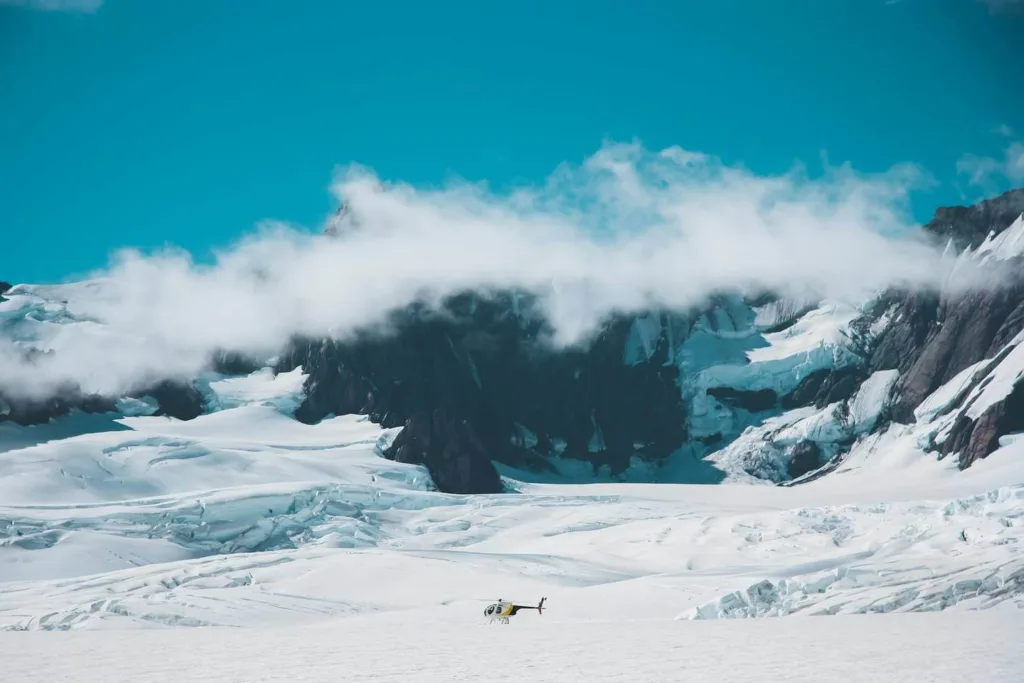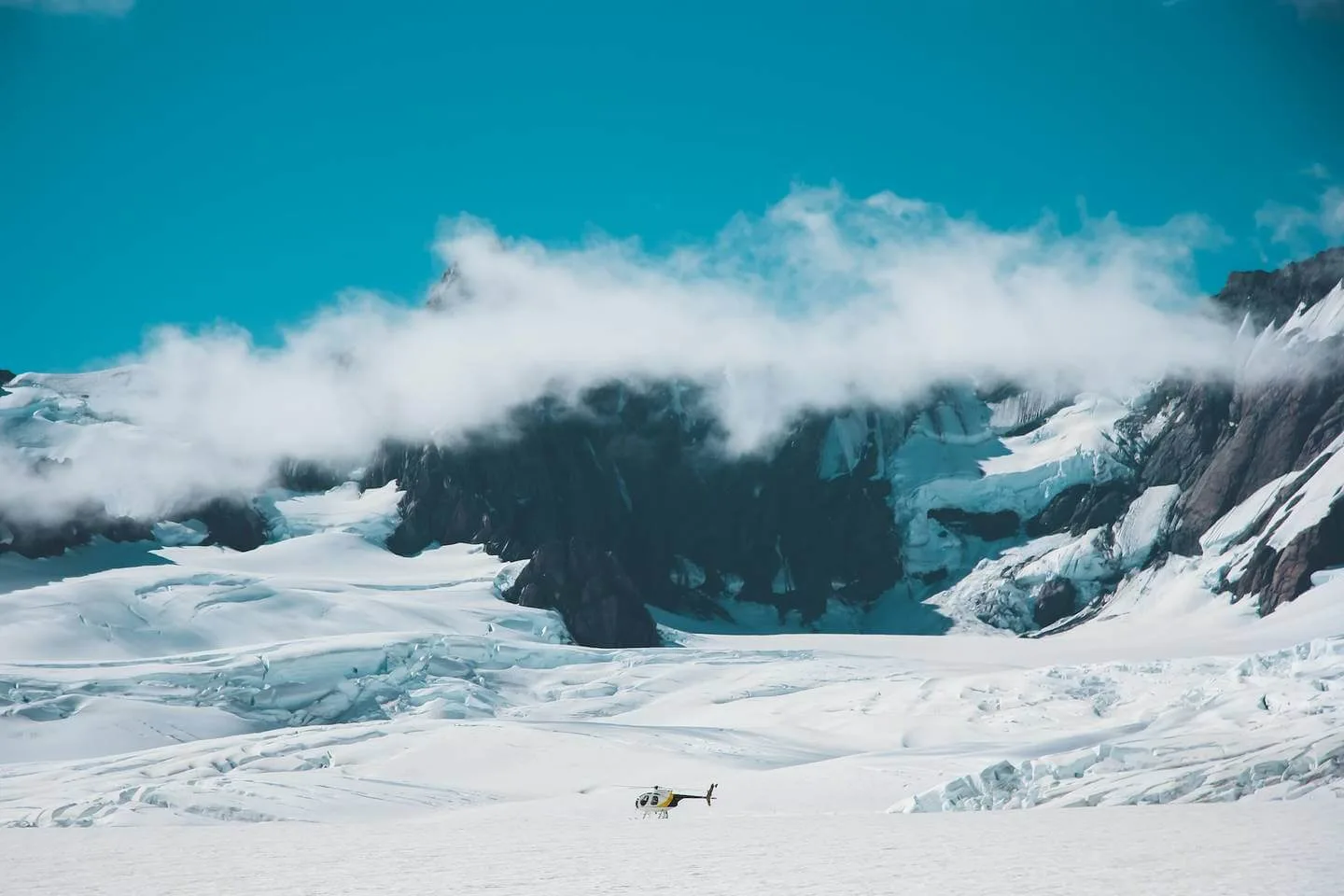New Zealand is a land of incredible natural beauty, and among its most impressive features are its glaciers and icefields. These icy marvels offer a glimpse into the geological history of the country, and provide visitors with unforgettable outdoor experiences. Here is a guide to some of the most stunning glaciers and icefields in New Zealand.

Franz Josef Glacier
Located in Westland Tai Poutini National Park on the South Island, the Franz Josef Glacier is one of the most accessible and well-known glaciers in New Zealand. It is also one of the fastest-moving glaciers in the world, and its constantly changing ice formations make it a fascinating sight to behold. Visitors can take guided hikes or helicopter tours to explore the glacier’s crevasses, ice caves, and icefalls, or even go ice climbing. The nearby town of Franz Josef offers a variety of accommodation options and restaurants, making it a convenient and popular destination for visitors.
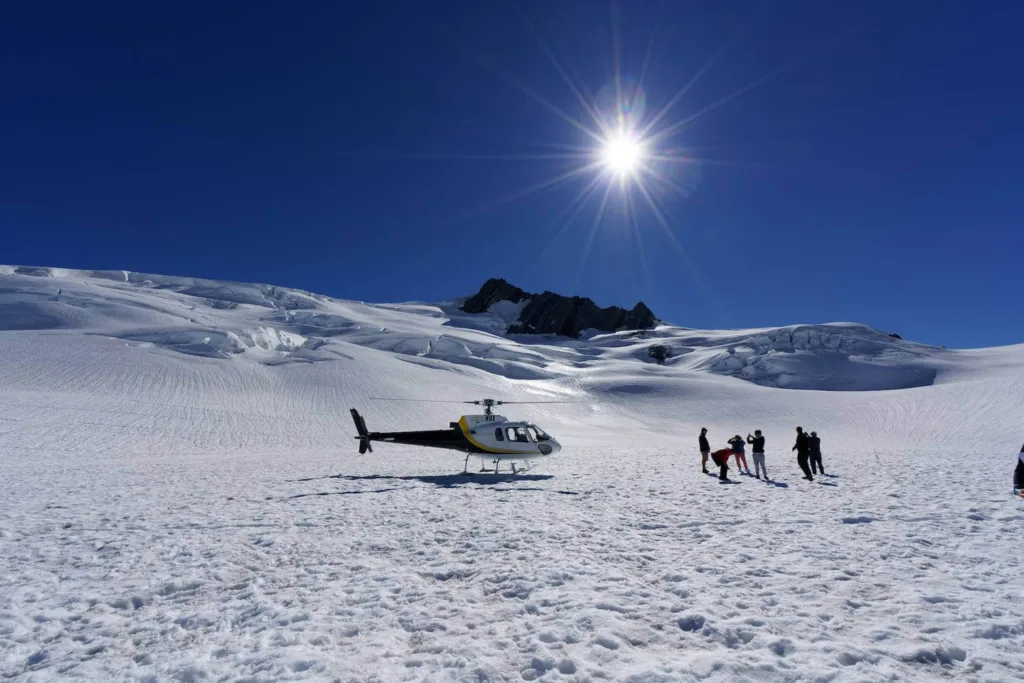
Fox Glacier
Also located in Westland Tai Poutini National Park, the Fox Glacier is another impressive glacier that is renowned for its stunning vistas and unique ice formations. Visitors can take guided tours or helicopter rides to see the glacier up close, and there are also hiking trails that offer panoramic views of the surrounding landscape. The nearby town of Fox Glacier offers accommodation, dining, and other amenities for visitors.
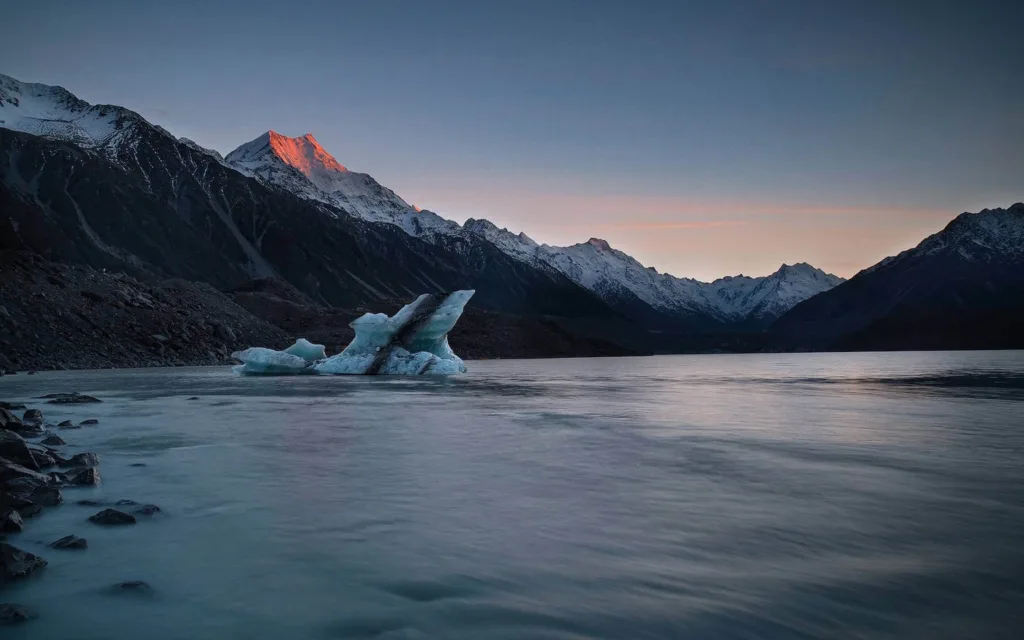
Tasman Glacier
The Tasman Glacier, located in Aoraki/Mount Cook National Park on the South Island, is the largest glacier in New Zealand. Visitors can take boat tours on the glacial lake, hike to the glacier’s terminal lake to see icebergs breaking off the glacier and floating in the water, or even take a helicopter ride to land on the glacier itself. The stunning scenery of Aoraki/Mount Cook National Park makes this glacier an especially picturesque destination.
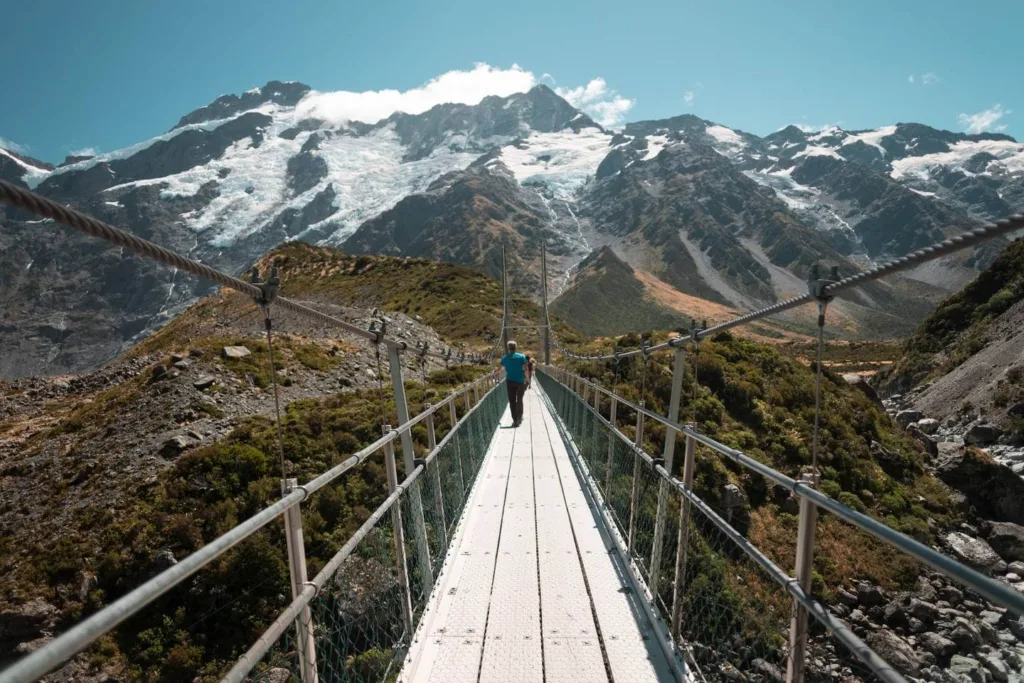
Hooker Glacier
Also located in Aoraki/Mount Cook National Park, the Hooker Glacier offers visitors the opportunity to see stunning ice formations and turquoise glacial lakes. Visitors can take guided hikes to explore the glacier’s ice formations and enjoy the breathtaking scenery of the surrounding mountains. The nearby town of Mount Cook Village offers accommodation and dining options for visitors.
Murchison Glacier
Located in Fiordland National Park on the South Island, the Murchison Glacier is a remote and lesser-known glacier that offers visitors a unique and off-the-beaten-path experience. The only way to access the Murchison Glacier is by helicopter, making it a more exclusive and adventurous option for visitors. Once there, visitors can explore the stunning ice formations and enjoy the serene beauty of the surrounding landscape.
New Zealand’s location and geography contribute to the formation of its many glaciers. The country is situated in the mid-latitudes, where cold polar air masses from Antarctica meet warm, moist air from the tropics. This creates a unique climate that is ideal for the formation of glaciers.
New Zealand’s mountainous terrain is also a key factor in the formation of glaciers. The Southern Alps, which run along the length of the South Island, are home to many of the country’s largest glaciers. The high altitude of these mountains allows for the accumulation of snow and ice, which over time forms glaciers.
In addition to these natural factors, human activities such as agriculture, forestry, and transportation can also contribute to glacier formation. When these activities disturb the soil and vegetation, it can cause increased erosion and sedimentation in the rivers and streams that feed into the glaciers. This can cause the glaciers to grow and advance over time.
However, climate change poses a serious threat to New Zealand’s glaciers. As global temperatures continue to rise, the glaciers are melting at an alarming rate. Some of the country’s glaciers have already retreated significantly, and experts predict that many may disappear completely within the next few decades.
As visitors to New Zealand’s glaciers and icefields, it is important to be mindful of the impacts of climate change and to take steps to reduce our carbon footprint. By doing so, we can help ensure that future generations will be able to enjoy the beauty and wonder of these natural wonders.
